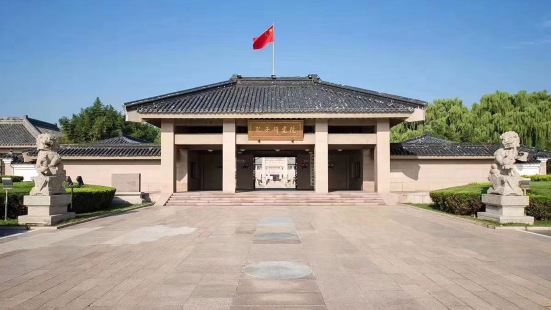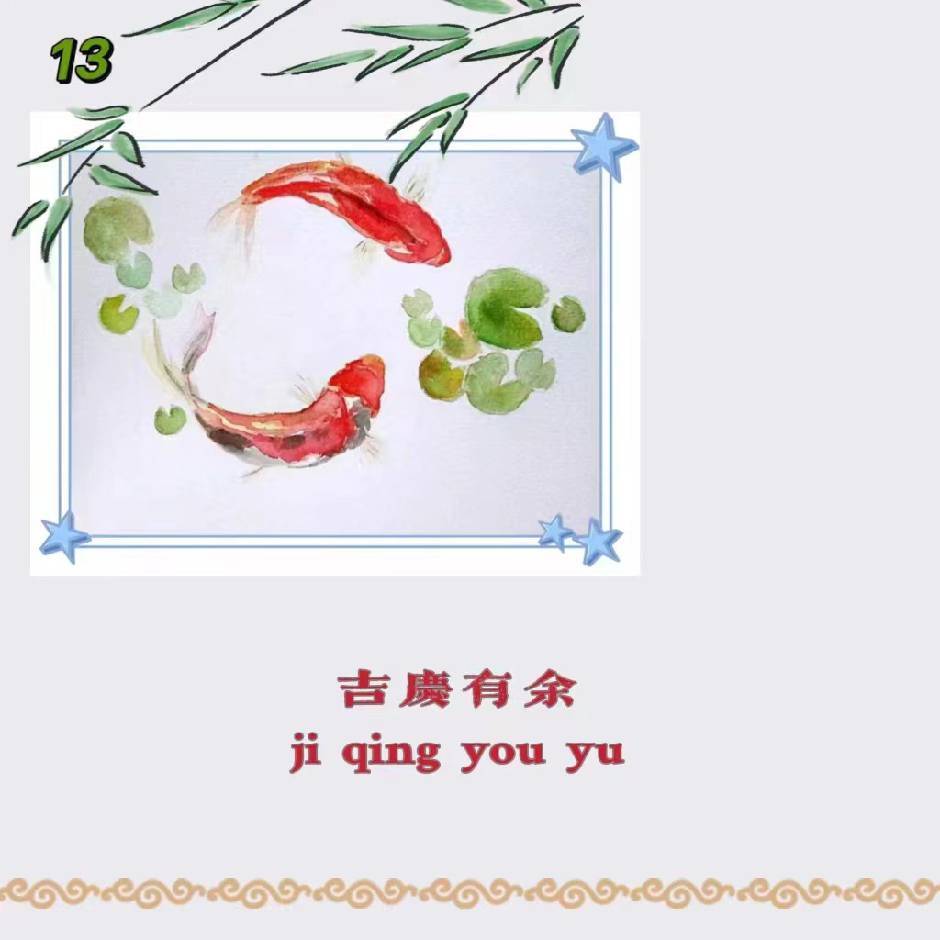
5/5
不虚此行!辟雍广场能量场很足!孔子学院总部体验基地文化氛围非常好,体验项目又可以动手又能以体验的方式学习到儒家文化!赞👍 文旅融合
文旅融合1
The China Confucius Institute is a specialized institution approved by the State Council in 1996 to study Confucius and his thoughts. It has the functions of academic research and exchange, museum exhibition, document collection, information exchange on Confucius and Confucianism research, and personnel training. and communication center. The Confucius Institute project was planned and designed by Mr. Wu Liangyong, academician of the Chinese Academy of Sciences, academician of the Chinese Academy of Engineering, and professor of Tsinghua University. The overall layout and composition take square and circle as the basic motif, fully express the connotation of Chinese culture with metaphors, integrate the concepts of "benevolence" and "harmony" of Confucianism into the planning, and draw lessons from "Luo Shu", "River Map" and "Nine Palaces". "Format and feng shui theory, the existing lot will be ingenious and rational layout. The architectural form fully expresses the cultural and ideological connotation of Confucius, and reflects the nationality, the times and the commemoration. On both sides of the gate of the Xingtan courtyard, apricot flowers are swaying. If you count them carefully, there are exactly 36 trees on each side. Confucius’ Xingtan has three thousand disciples and seventy-two sages. Needless to say, the apricot tree symbolizes the seventy-two sages. . Passing through the gate, there is a Yong Road paved with red granite horizontally or vertically at the foot. A row of circular white marble is inlaid in the middle of the Yong Road. If you look closely, it turns out that it is the pattern of ancient jade pendants. Confucius was an enthusiastic advocate of inheritance of ancient culture, and he strongly praised the ritual and music culture of the Zhou Dynasty, which has also become an important part of Confucius' thought. The designer has researched and refined Tan Si, and has also carved such a heavy traditional cultural symbol on such a common passage. The east and west squares cross the stone bridge, and the two squares stand facing each other. The allusion comes from "The Analects of Confucius", "The Master said, 'Aspiration is based on Tao, according to virtue, according to benevolence, and in art'", Confucius taught people with this, and we should also behave according to this. The archway is the entrance to the central square, and the crossing is the Biyong Square. The square is square, 80 meters square, overlooking the main building in the north, surrounded by promenades in the east, west and south. To the north of Gaotai Mingtang Square is the main building with a height of 30 meters. The building is 88.8 meters square, and it is a traditional high-level Mingtang-style building. It is four storeys high, and the first floor is the platform base, which houses a library and a reading room. The second floor is square, the third and fourth floors are round, meaning the sky is round and the place is round. The ridge kisses the phoenix, and the phoenix is the auspicious bird. It only appears when the world is peaceful and there is a way. Therefore, in the Spring and Autumn period when the rituals collapsed and music broke down, Confucius believed that there was no hope for the world to have the way. dead husband" lamented. Now that the world is peaceful and the phoenix comes to the ceremony, Confucius will laugh happily when he knows it. The main hall on the second and third floors of the main hall is now holding the Confucius Memorial Exhibition, which vividly introduces the life of Confucius, Confucius' thought, the development of Confucianism and the influence of Confucius' thought at home and abroad with pictures, utensils, sculptures, paintings, etc. It is like browsing a brief history of Confucius thought. There are also two exhibition halls behind the main hall on the second floor. The west hall "Millennium Cigarettes" mainly displays the sacrificial cultural relics of Confucius in the past dynasties, while the east hall displays the calligraphy and painting works of famous contemporary calligraphers and painters and the evaluation inscriptions of Confucius by overseas political hearers. This shows the admiration for Confucius both at home and abroad. Take the elevator straight up to the fourth floor, the circular display case displays the golden editions of "Four Books" - Chinese "The Great Learning", "The Doctrine of the Mean", "The Analects of Confucius", "Mencius" and English "The Analects of Confucius". It is beautiful, probably the world's first metal version of "The Four Books".